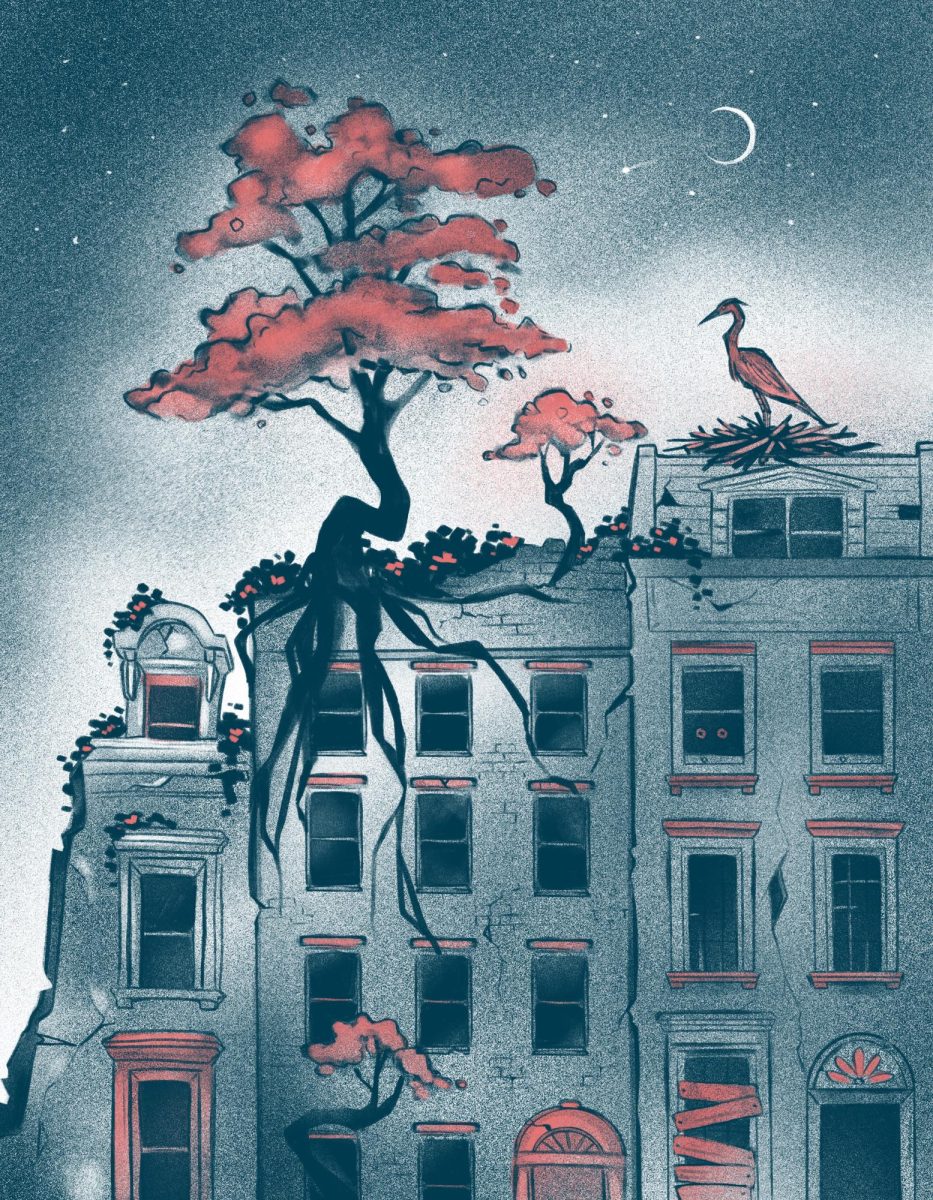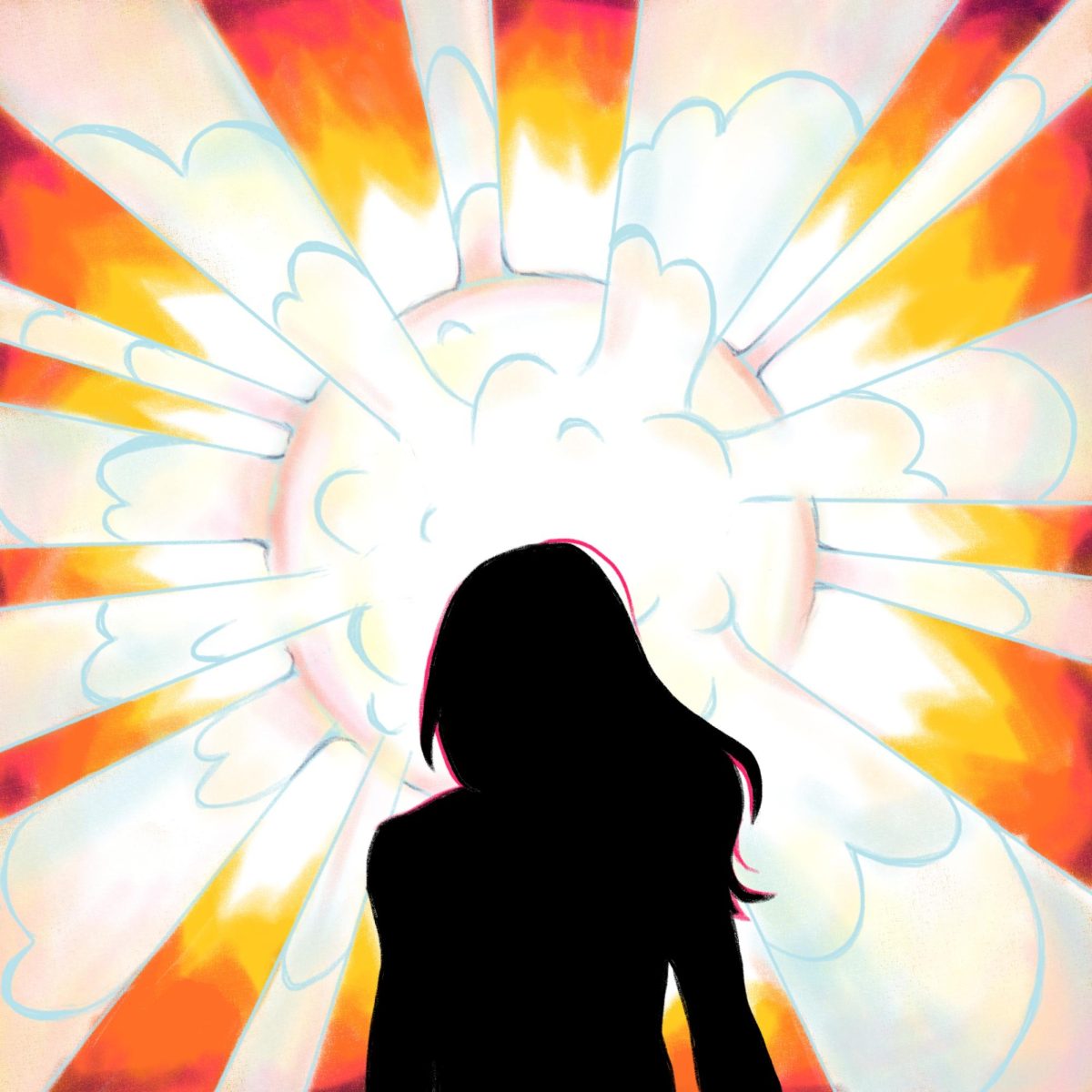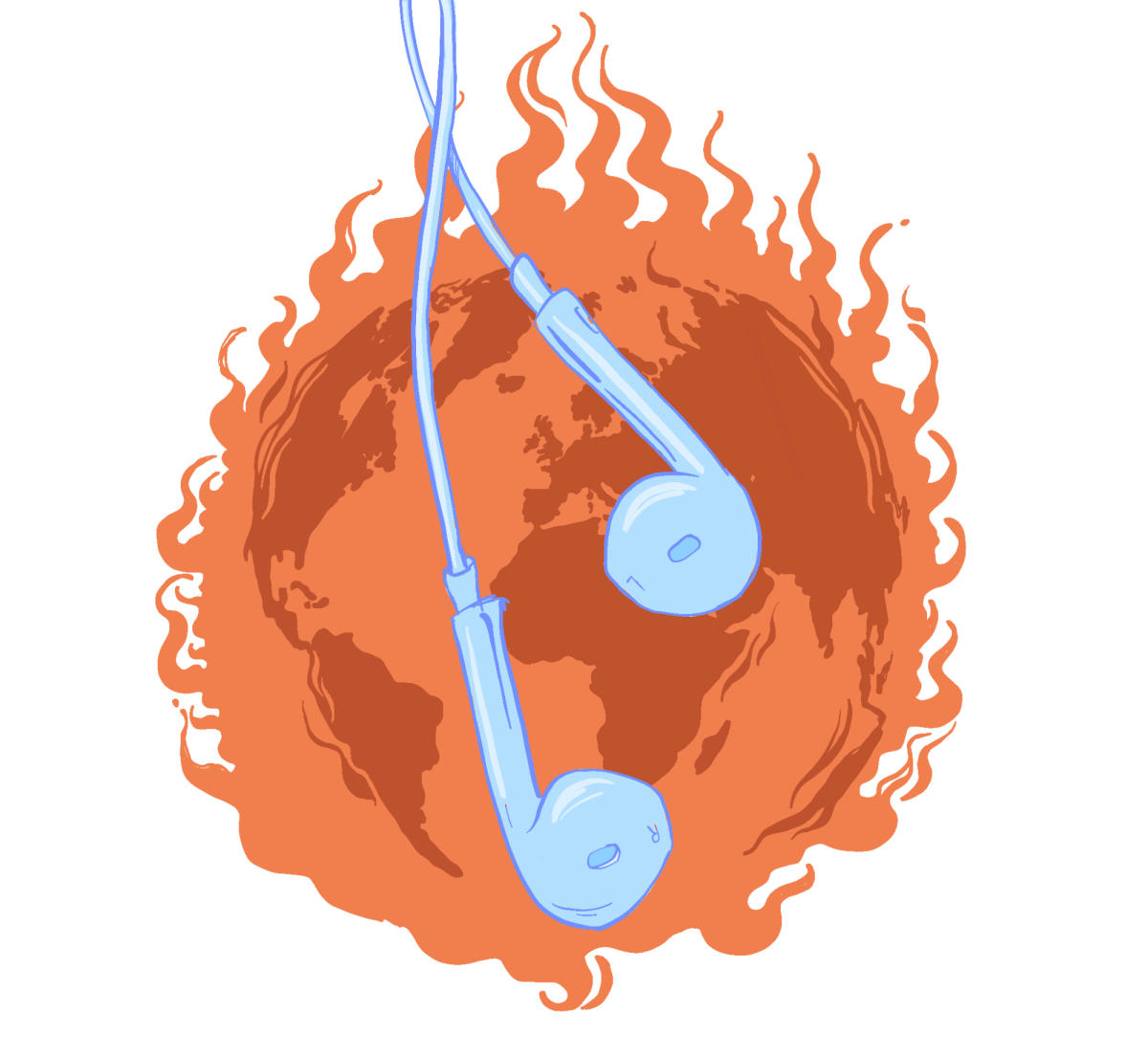A sizable portion of my childhood was spent immersed in alternate apocalyptic realities. From the comfort of my room in the dim lamplight before bed, I fought in the Hunger Games, played the role of Receiver of Memory and immersed myself in the OASIS, hungry for more fear thrills with every turn of a page. As I entered my teenage years, I saw doomsday on the big screen, reflected back at me in the industrial gloom of Children of Men and the eerie stillness of A Quiet Place.
I grew up, in other words, on the end of the world.
My adolescent exposure to such topics, though frequent, was characterized more so by a naïve itch for entertainment than anything else—I was engaging for the story, and that was the extent of my interest. As I entered adolescence, though, I became more cognizant of the significance the apocalyptic stories I read held outside of themselves. In school, while I studied and wrote about Margaret Atwood’s Orwellian The Handmaid’s Tale, Bram Stoker’s vampiric Dracula and Octavia Butler’s utopian Dawn, I realized more fully the connection—an often eerily prophetic quality—between the content I was reading and the world outside of my classroom. That realization broadened beyond books as friends and social media introduced me to whole new caches of music, television and internet discourse that grappled in some way, whether heavy metal drums, zombies or humor, with cataclysmic endings.
A literal apocalypse may or may not happen someday, but one thing is for certain: we sure can’t stop writing, filming, singing or tweeting about it. As Associate Professor of Film and Media Studies Tarik Ahmed Elseewi sees things, this preoccupation with the end is a habit humans have cultivated since time immemorial.
“…[T]hinking through the [history of] media of apocalypse… that’s one of the very first things that human beings have ever done, whether you talk about the Mesopotamians and their flood myths [or] …stories of Armageddon in the Bible,” Elseewi said. “We’ve been interested and worried and wondering about the end of the world forever.”
Human fascination with the apocalypse features prominently in Whitman course offerings. It inspired Assistant Professor of Classics Daniel C. Smith’s Classics course titled “Apocalypse: Ancient and Modern Visions of the End,” which ran in Fall 2024 and will be offered again in the future.
“The class grows out of an interest in these ancient materials… and particularly in how their rhetorics of cosmic dualism, an imminent end to history, an overturning of the present world order, and the ultimate vindication of justice over the wicked continue to resonate with artists, social movements, and oppressed groups throughout the world,” Smith said in an email to The Wire.
Elseewi, who specializes in part in the apocalyptic film genre, explained that, even before the advent of film, radio broadcasts were exploring apocalyptic themes. Elseewi mentioned Orson Welles’ 1938 radio adaption of The War of Worlds by H. G. Wells as an infamous example.
“…everybody freaked out and was really horrified by the thought of aliens coming and taking over the world. The worst part of that whole process for them was that that information, that story (which they didn’t realize was a story) was coming from a central source of authority,” Elseewi said. “…[W]e’re talking about 2000 years more, 3000 years after the Bible is composed, and after some of those old myths are composed, and we’re still scared of the same kinds of things. It’s buried somewhere deep inside of us,” Elseewi said.
As the film era progressed, cinema’s shift away from an extraterrestrial focus reflected the societal context of the time.
“Fast forward to the 1950s and 60s, and a lot of films are concerned with the end of the world not necessarily now in terms of aliens, but in terms of the kinds of things that we’re doing to ourselves, like nuclear war. Godzilla, for example, is a fear of nuclear radiation that the United States brought about in Japan [with Hiroshima and Nagasaki],” Elseewi said.
That these films act in constant conversation with the surrounding cultural contexts in which they are made debunks the idea that apocalyptic films are mere vehicles for showcasing morbid creatures and chaotic plots of evil and mass destruction with garish visuals. Instead, by envisioning alternate worlds, they ask compelling questions about reality—questions designed to make us uncomfortable.
“Apocalyptic films in general say, what happens when there’s no more rules? …Every film has some sort of political statement, …whether it’s…explicit or not, about how people should interact in the world,” Elseewi said. “…[A]pocalypse films, on some level, are making a deep critique of contemporary capitalist society: things have gotten so bad that your capitalist, rapacious desire for resources and destruction of the environment are causing these horrible things to happen.”
Like its film counterpart, apocalyptic literature asks hard-hitting questions that are intricately bound up in the contexts in which authors write.
Mary A. Denny Professor of English and General Studies Sharon Alker specializes in 18th century and Romantic period literature. Alker views much of the British literature of the time as a response to a turbulent sociopolitical context, citing the American and French Revolutions and the Napoleonic Wars as events that created a “cultural rupture” for everyday British people.
“…Probably the most obvious [apocalyptic novel of the time] is Mary Shelley’s The Last Man… It’s about an apocalypse, and there’s only one man left… and what does it mean to be the last man?” Alker said.
Poets of the era also touched on apocalyptic themes of social deterioration and discordance. Alker mentioned Lord Byron’s (George Gordon) “Darkness,” a dream about the end of the world, Charlotte Smith’s “Beachy Head,” a nature-forward commentary on British economics and nationalism, and Anna Letitia Barbauld’s “Eighteen Hundred and Eleven,” a critique of Britain’s involvement in the Napoleonic Wars, as examples.
These poems, which respond quite directly and intentionally to broader societal contexts, show that, to some extent, apocalyptic media is reliant on the real-world conditions that allow for its creation. Still, this does not explain the immense popularity that it receives—why religions are structured around it, why dystopian novels become bestsellers or why zombie apocalypse movies top the box office charts—or, in other words, why we engage with stories about the end of the world when our own feels as though it is crumbling down around us in real time. The answer to this contradiction is rooted in psychology.
“Why am I doing this [consuming apocalyptic media] when it makes me so uncomfortable and so freaked out? …[T]he answer is that it, on some level, helps to tamp down those feelings [of fear]. …[W]hat happens at the end of those two and a half hours when you come out of the movie theater? Life’s still going on. That little mechanism of going to the darkest place that we possibly can and then coming back is also a kind of hope,” Elseewi said. “…[A]pocalypse films give us a sense of relief.”
Alker offered a similar rationale.
“…Books are really a safe place to read about these things, because… you say, ‘Okay, well, that was just fiction.’ That doesn’t mean it doesn’t disturb us, and… we like the emotional feeling,” Alker said.
When I think back to my childhood dystopian obsession, I recognize that perverse fascination with emotional disturbance that kept me turning pages. It’s still with me today, and I see it mirrored in the pages I continue to turn, the films and reels and videos I continue to watch and the conversations I continue to have. With those things to guide us, the inevitability of the end—whatever form it takes—becomes a little more real but a little less scary.




